In what sounds like part of the plot of a horror movie, the Vatican has released guidelines for investigating the supernatural.
In a document published by the Catholic Church, they describe in detail how to properly carry out the discernment of any alleged supernatural phenomena that are reported.
What Is In the Document
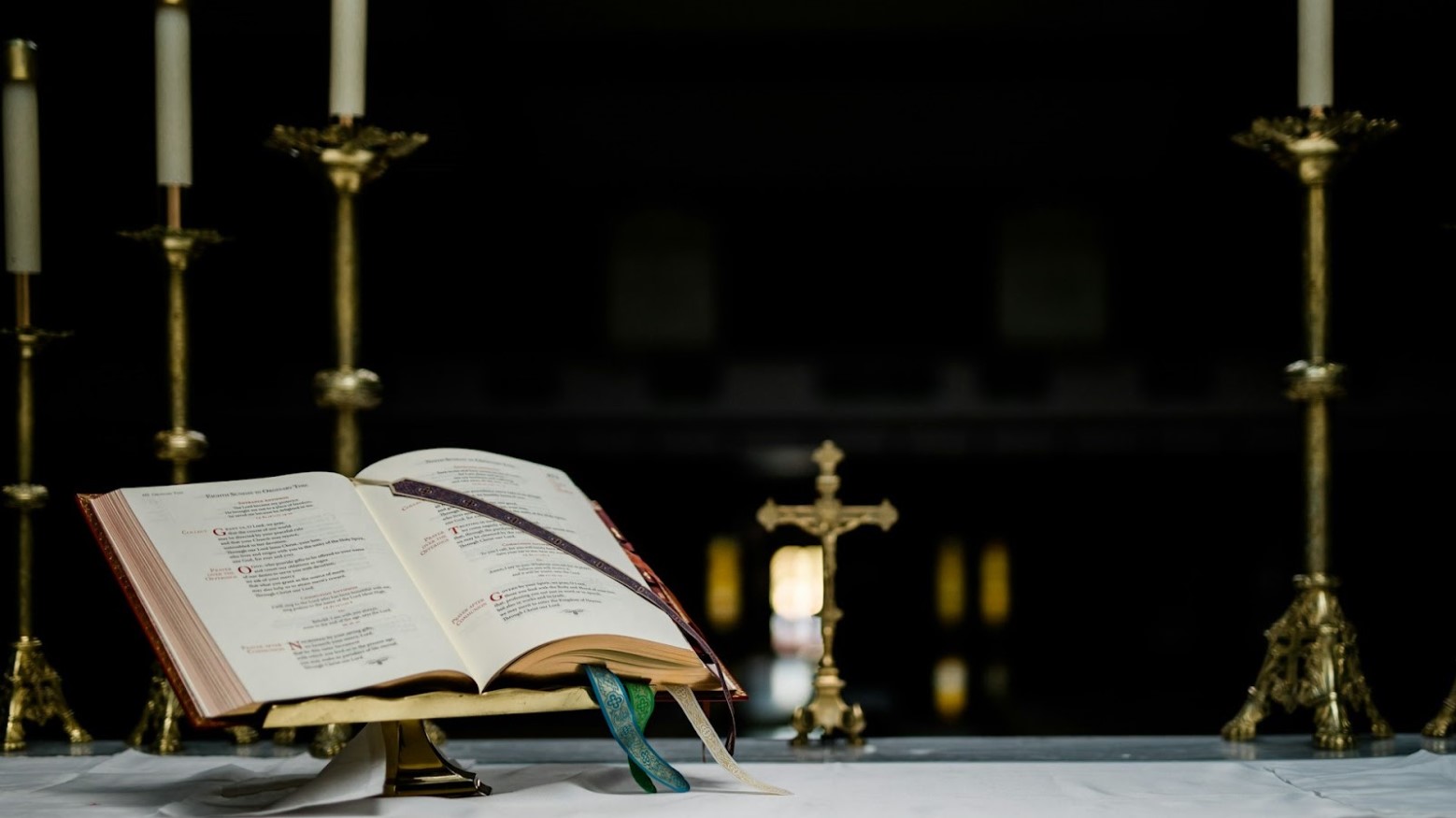
The published document, which has been translated into seven languages, addresses how the Church should go about investigating supernatural occurrences.
It goes into detail on specifically how events that “seem to exceed the bounds of ordinary experiences, presenting themselves as being supernatural in origin” should be investigated. This covers alleged apparitions, visions, writings or messages, psychological phenomena, phenomena related to religious images and interior or exterior locutions.
The Church and the Mystical
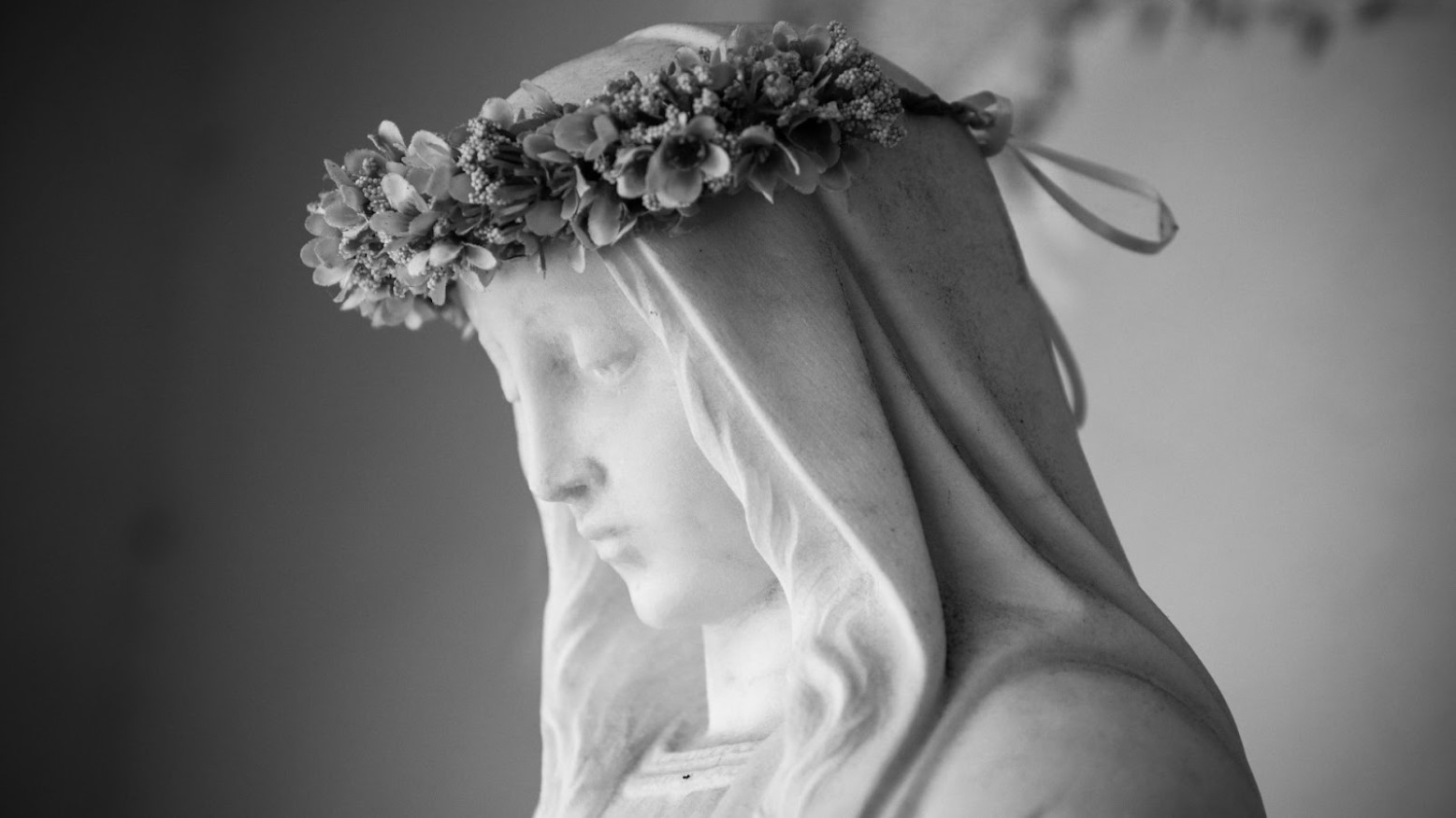
Throughout the history of Christianity, Catholicism, along with most other denominations, has acknowledged the supernatural.
Reports of miraculous events have been circulated in communities and in official Church records for virtually as long as there have been Christians. Such occurrences are often attributed to angels, saints, the Holy Spirit or some other benevolent entity.
How Many Supernatural Incidents Have Been Confirmed?
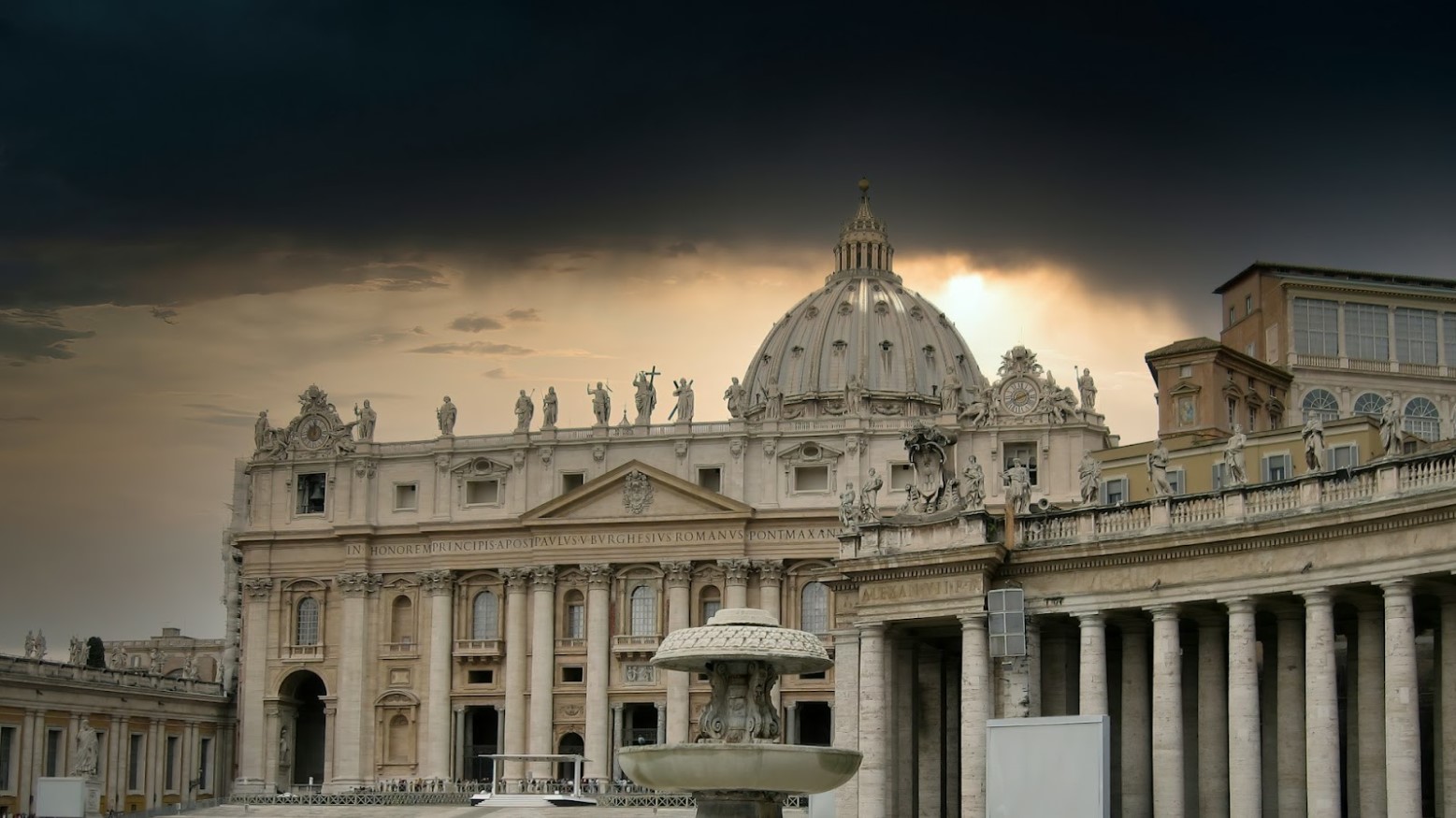
The Church is far from hasty to label strange occurrences as being supernatural in origin. As this document states, when a spiritual experience is accompanied by physical or psychological phenomena that reason alone can’t explain, the Church has a very delicate responsibility to study such events carefully.
One of the core beliefs of the Church in this matter is that any such miraculous or divine occurrence cannot in any way witness or teach against Christian doctrine. According to Cardinal Victor Manuel Fernández, prefect of the Dicastery for the Doctrine of the Faith (DDF), the Vatican has only closed six cases of alleged supernatural events since 1950.
Considerations for a Supernatural Occurrence
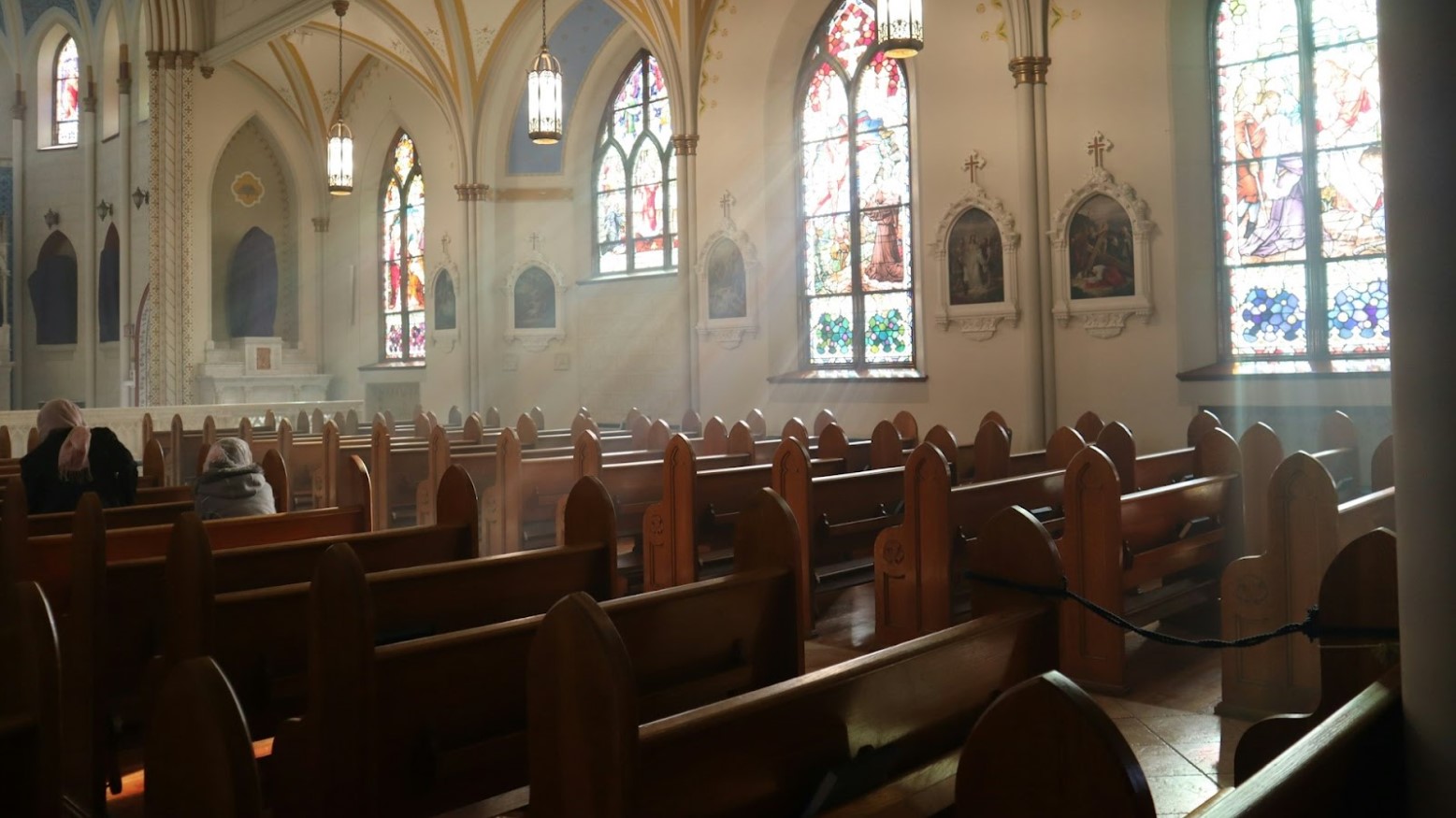
This guidance document clearly lays out four considerations for the Church to take into account when addressing something alleged to be supernatural in origin. Firstly, they look to see whether signs of a divine action can be ascertained in the phenomena being investigated.
Coming back to this idea of witnessing against Christian doctrine, they also look for anything that conflicts with morals and faith in the writings or messages of those involved in the alleged phenomena.
The Rest of the Considerations
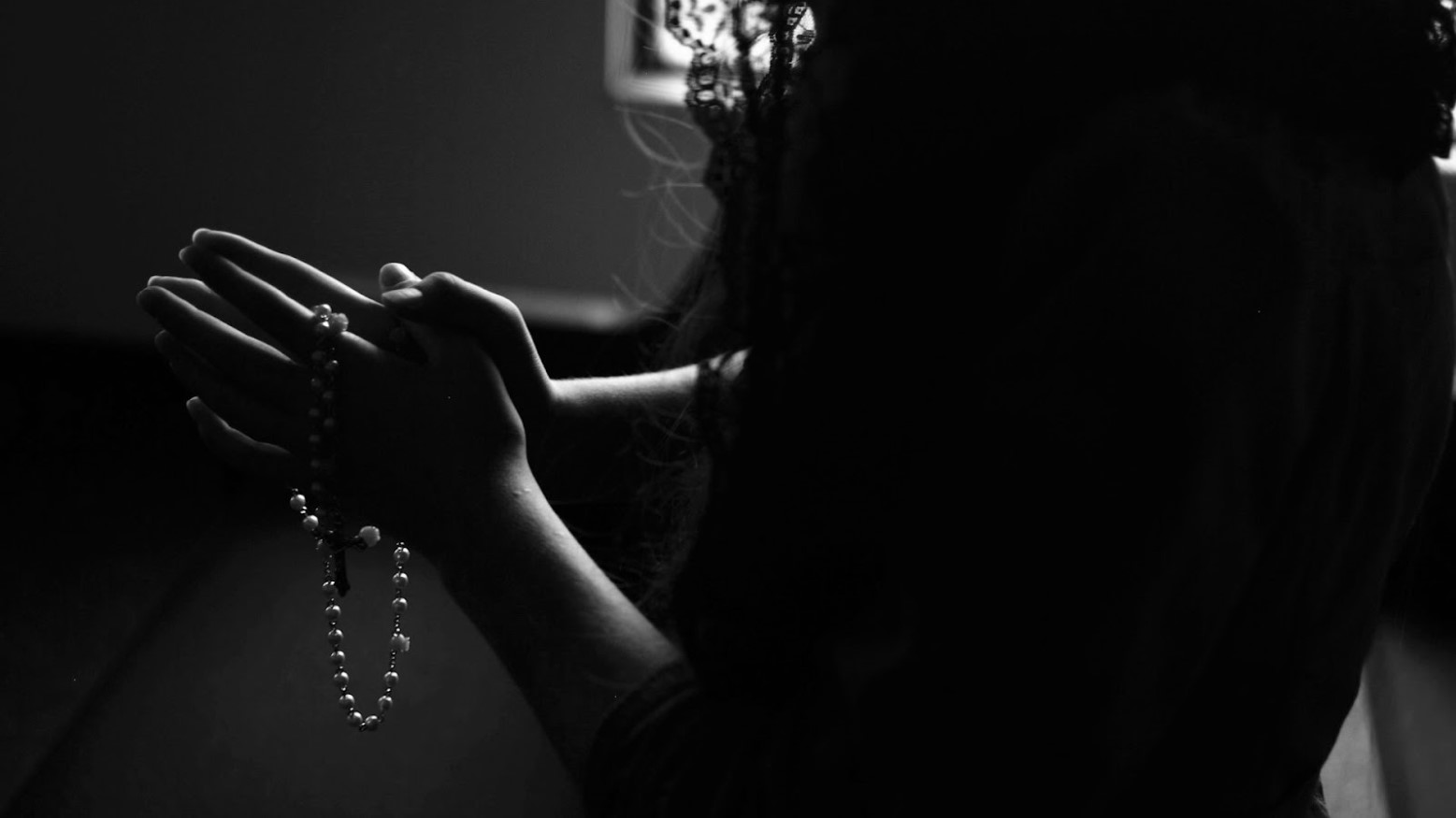
The guidelines also instruct the Church to consider if it’s permissible to appreciate the “spiritual fruits” of those involved, if they need purifying from “problematic elements” and if the faithful need warning about potential risks. The Church also needs to consider if it’s advisable for an ecclesiastical authority to “realize their pastoral value.”
What the guidelines don’t direct the Church to do is to aim to make an authoritative affirmation that the event is supernatural. This will no longer be the objective of an investigation, with the Church instead trying to approve or reject public devotion and piety in the matter based on the evidence at hand.
Reasons for the Change of Approach
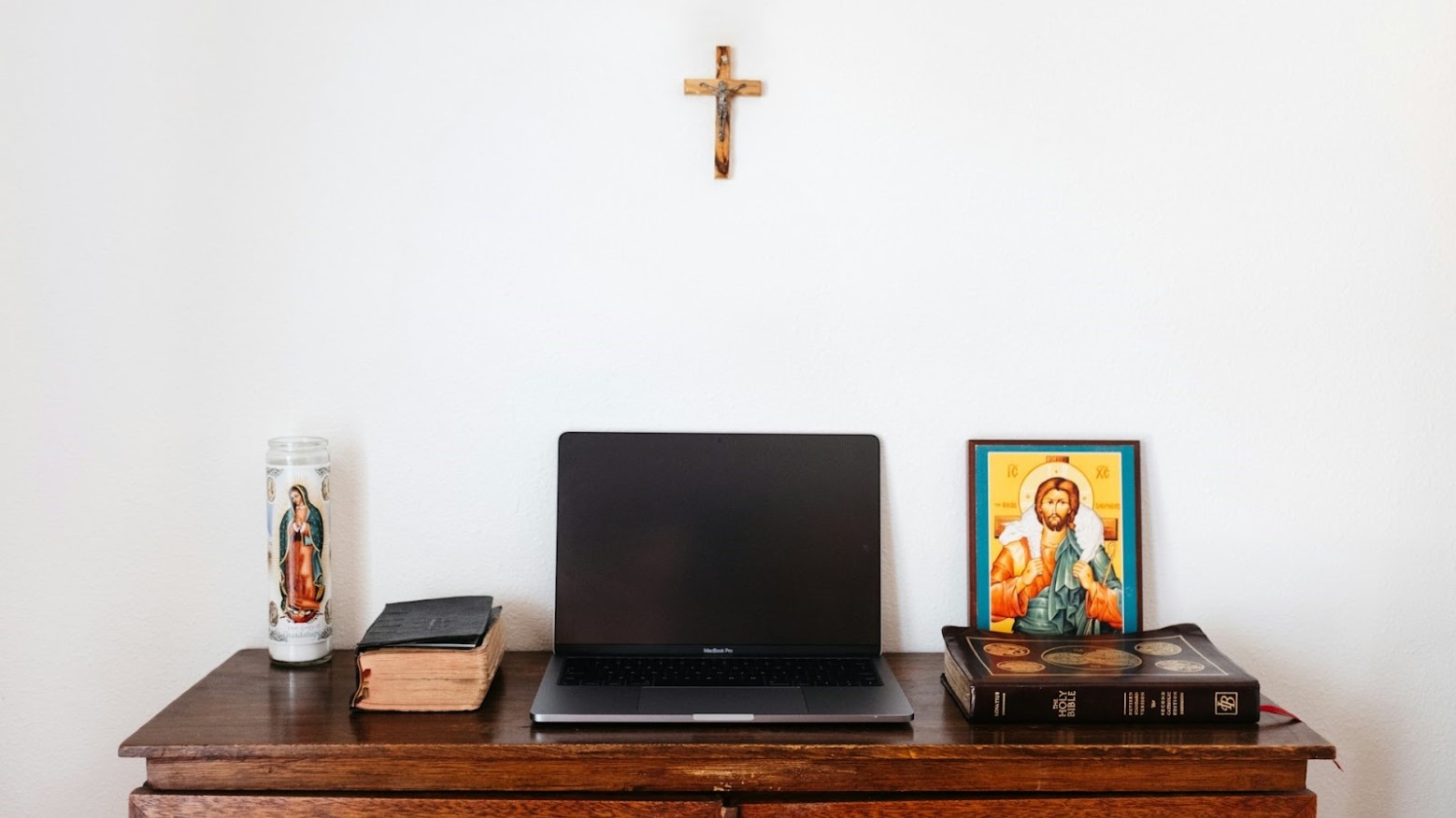
The main reason for this shift in approach is the time needed for a complete investigation, coupled with the modern media world we live in.
Worldwide mass communication can quickly get alleged supernatural events out into the world — far quicker than the Church can confidently rule on any such phenomena. This introduces increased risks of misinformation and manipulation.
Potential False Phenomena

Not every phenomenon is reported with innocent motivations. The DDF warns that incidents claimed to be supernatural in origin can be manufactured by those seeking fame, profit, power or other personal interests. This is especially true given the potential of modern technology.
Any such malicious fabrications might contain doctrinal errors, oversimplifications of the Gospel message or spread some sectarian message.
How Long Can an Investigation Take?

A full investigation into the origins and explanation for an alleged supernatural event by the DDF can take years, or even decades to complete. This can have an impact on the communities where such events were reported.
With such slow turnaround times on investigations, findings are often delivered too late to have any real impact on a local community’s interpretation of what happened. They have already established an interpretation of the event, which can sometimes cause theological confusion.
The Church Encourages Regional Investigations
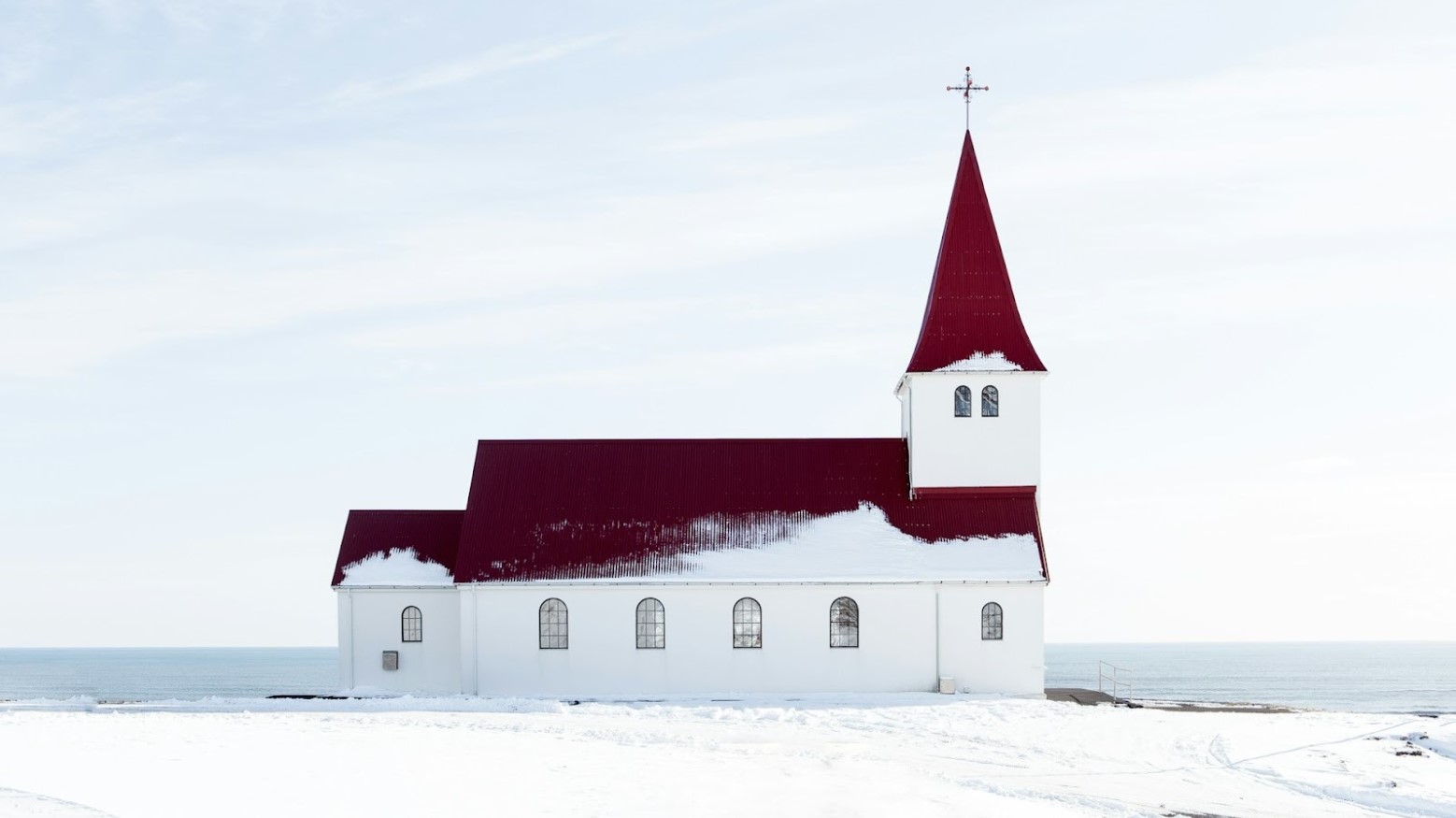
Global technology means this local community interpretation isn’t so local. Any decision made on an event in one Diocese can have consequences elsewhere and potentially everywhere.
In recognizing this, the Church encourages local bishops to document their own findings on any alleged phenomena in their Dioceses. They are then to forward these findings to Rome. The DDF will examine their findings and investigate further before making a ruling.
Potential Rulings

The possible rulings on an investigation can range from “nihil obstat” (nothing stands in the way) and “prohibetur et obstruatur” (forbidden and obstructed) to “declaratio de non supernaturalitate” (declaration of non-supernaturalism) — the most conclusive outcome.
The DDF might also instruct bishops not to publicize any alleged supernatural events. This is often down to concerns about the event’s authenticity or the potential of any self-interested parties to exploit it.
The Church Takes Supernatural Occurences Seriously

While it might be easy to be flippant about the idea of the Church investigating supernatural phenomena, such events can have serious consequences. If the Church is too hasty in ruling something divine, it can warp belief and potentially damage faith.
The guidelines in this document are thoroughly thought out, as are the penalties for any member of the Catholic Church who might deliberately falsify evidence of a miraculous event. Though they touch on the supernatural, these are essentially workplace conduct guidelines of the kind you would find in any other institution.
